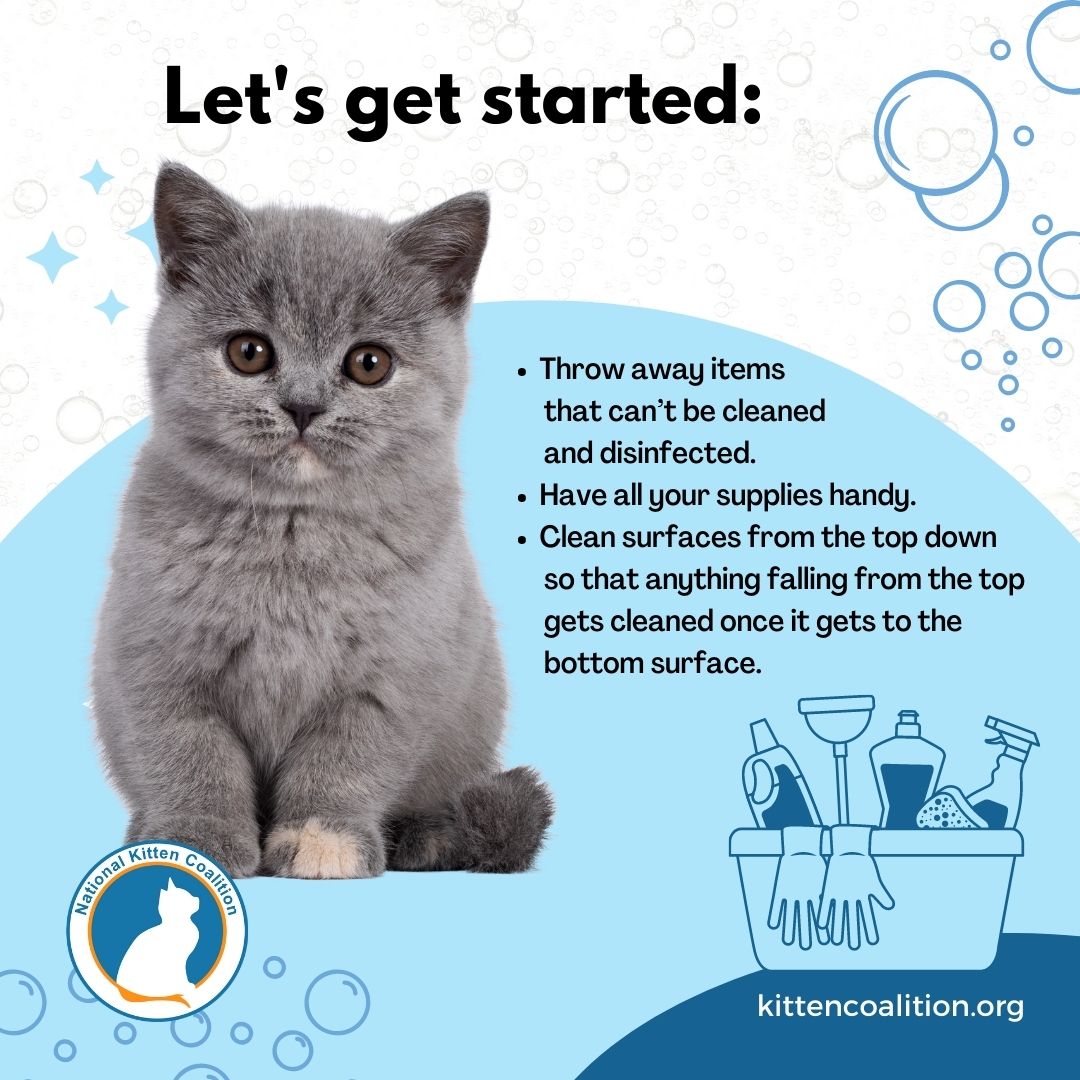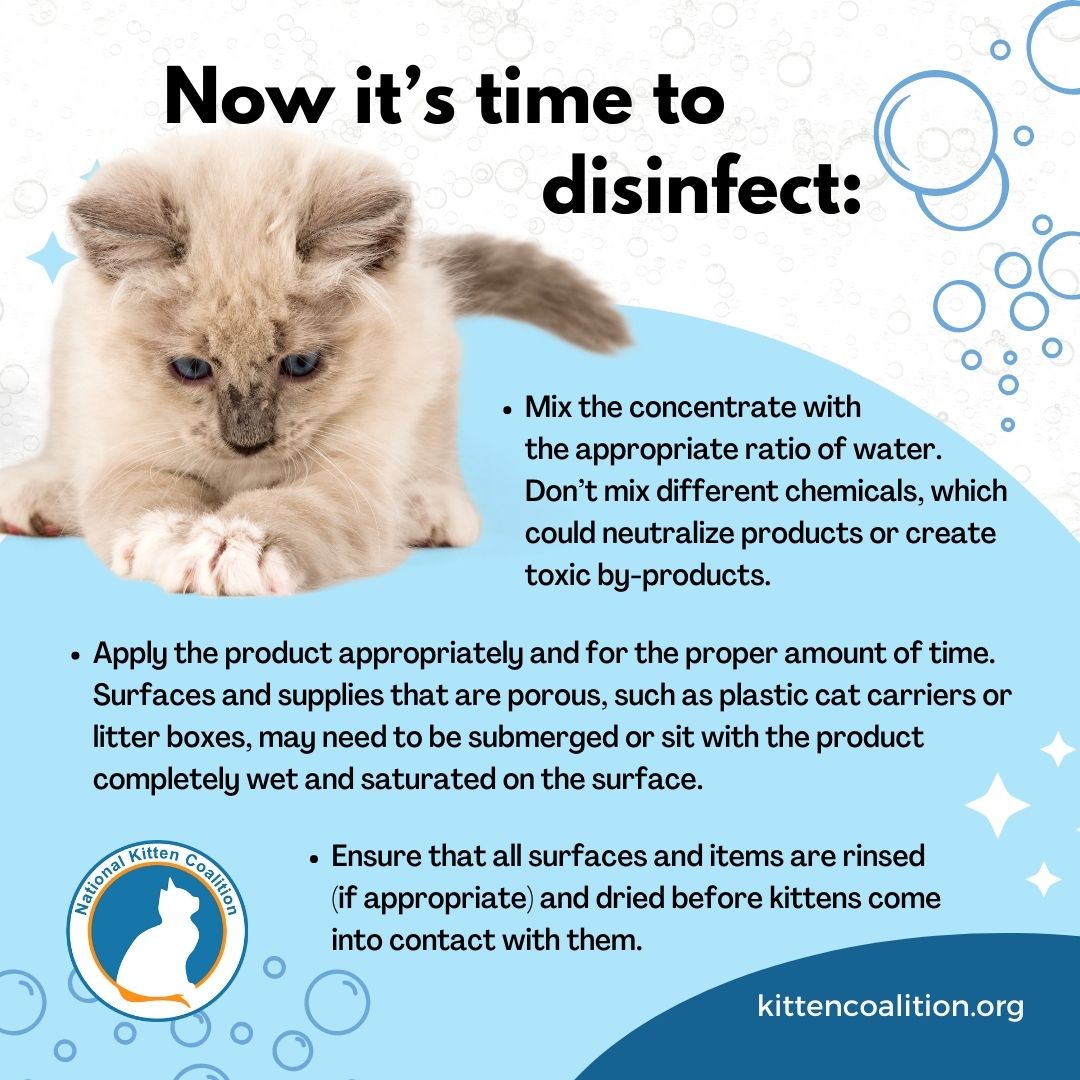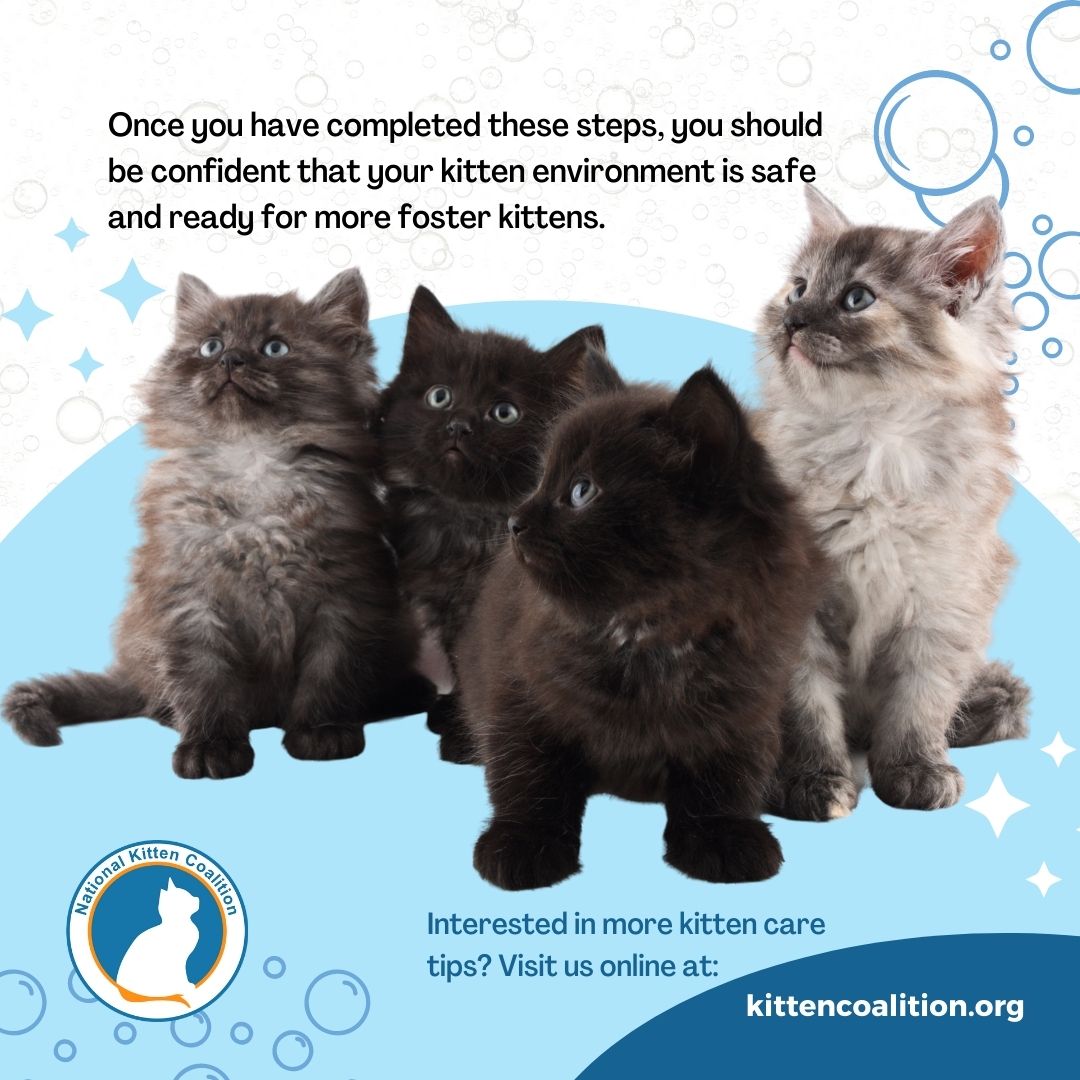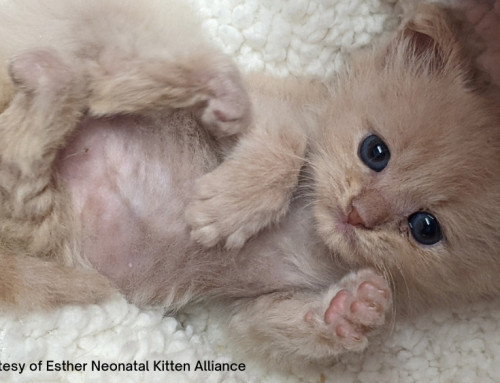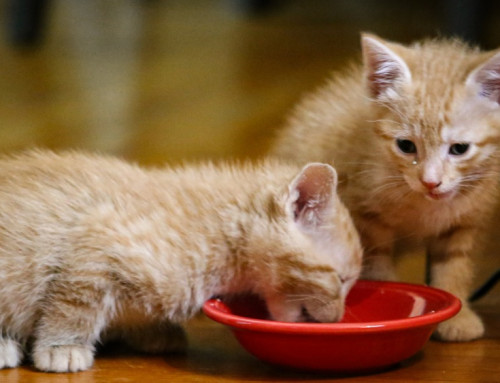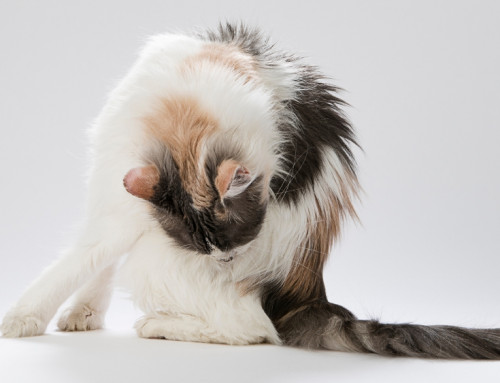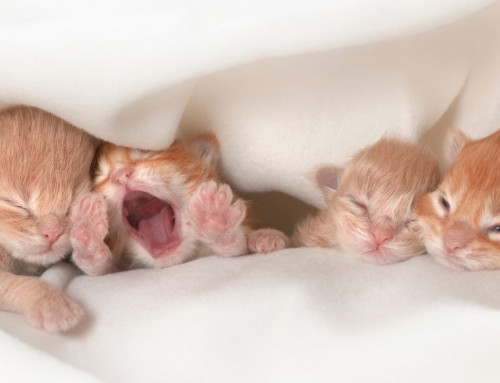Share this resource or email it to a friend!
Confining foster kittens in a room that’s easy to clean and disinfect is important. It’s especially important during the first two-week quarantine period if you have pet cats. Confinement, cleaning and disinfecting will help prevent the spread of germs if the kittens get sick.
Before bringing new kittens into a home where other kittens have been fostered, it’s essential to clean and disinfect rooms and objects that former kittens had contact with, including walls, floors, carriers, bowls, bedding, litter boxes, toys, thermometers, brooms, etc. Cleaning removes dirt and organic matter from surfaces using soap or detergents; disinfecting kills viruses and bacteria on surfaces using chemicals.
Nooks and crannies are perfect places for disease-causing germs to hide. Some germs can remain dormant or infectious in the environment for up to a year or longer, so cleaning and disinfecting is the best way to prevent germs passing between litters of kittens.
Here are some tips and tricks to make cleaning and disinfecting your home a breeze! Remember that ventilation is important when using chemicals.
- Throw away items that can’t be cleaned and disinfected.
- Have all your supplies, such as towels, scrubbing brushes, brooms, mops, water and products, handy.
- Clean areas from the top down. That prevents anything that is falling from the top of surfaces to be cleaned once it gets to the bottom surface.
- Remove all organic matter from the surfaces. Disinfecting products won’t work properly if organic matter, such as feces, urine, litter or saliva, is present.
Once all surfaces have been cleaned of organic matter, you can start the disinfection process. Every disinfectant is different in concentration, what germs it kills, and how long it takes to kill germs. Note: DO NOT USE phenol-based products; they are toxic to cats. If unsure about a product, a good rule of thumb is to avoid any with names containing “sol.”
- Read the product label for instructions on how to mix the concentrate with the appropriate ratio of water. Don’t mix different chemicals, which could neutralize products or create toxic by-products.
- Apply the product appropriately. Surfaces and supplies that are porous, such as plastic cat carriers or litter boxes, need to be submerged in the solution at the appropriate concentration or need to sit with the product completely wet and saturated on the surface. Stainless steel products can be submerged in the product or be sprayed with the product; they must remain wet for the duration of the disinfection time. This can take anywhere from 30 seconds to 30 minutes depending on the product used and the germ being killed.
- Wash towels, bedding, linens, etc. Then rerun the load again with your disinfectant added.
- Clean and disinfect your washing machine. Germs and hair can get trapped in the drum and gasket.
- Clean and disinfect windows, walls, floors and grout.
- Ensure that all surfaces and items are rinsed (if appropriate) and dried before kittens come into contact with them.
Once you have completed these steps and restocked supplies, you should be confident that your kitten environment is safe and ready for more kittens.



